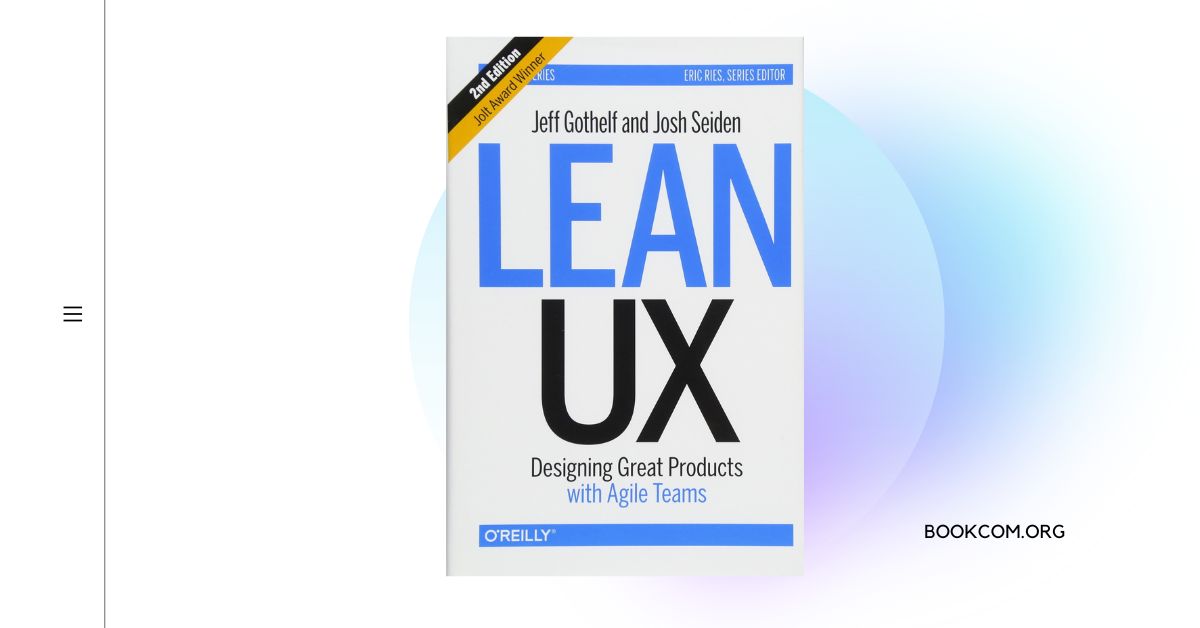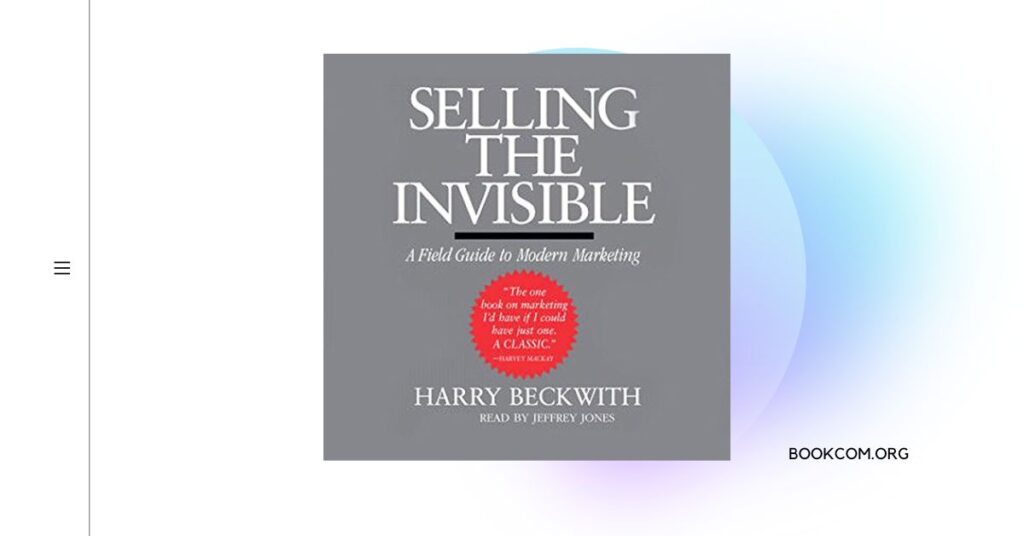“The Lean UX” by Jeff Gothelf and Josh Seiden is a highly regarded book that introduces a collaborative and iterative approach to user experience (UX) design within the context of lean and agile methodologies. The book explores how to effectively integrate UX practices into agile development processes, emphasizing the importance of continuous learning, customer feedback, and cross-functional collaboration. By applying lean principles to UX design, teams can create more valuable and user-centered products while reducing waste and inefficiencies.
Key Themes
Lean UX Principles: The book introduces key principles of Lean UX, such as early and frequent collaboration, shared understanding, and a focus on learning through experimentation. It encourages teams to prioritize delivering value to users while minimizing waste and unnecessary documentation.
Cross-functional Collaboration: “The Lean UX” emphasizes the significance of cross-functional collaboration, bringing together designers, developers, product managers, and other stakeholders to work collaboratively throughout the product development process. It highlights the benefits of co-creation, shared ownership, and rapid iterations based on feedback.
Validation and Learning: The book emphasizes the importance of validating assumptions and hypotheses through rapid experimentation and user feedback. It explores techniques such as usability testing, prototyping, and lean experiments to gather insights and make informed design decisions.
Notable Concepts
Minimum Viable Product (MVP): “The Lean UX” builds upon the concept of the MVP, emphasizing the need to focus on delivering the minimum set of features required to test assumptions and gather feedback. It encourages teams to embrace an iterative approach, iterating and improving the product based on real user data and insights.
Continuous Delivery: The book explores the concept of continuous delivery, which involves frequently releasing working software or design iterations to users. It highlights the benefits of shorter feedback loops, allowing teams to learn, adapt, and respond quickly to user needs and market changes.
Actionable Insights
Collaborative Design: Foster a collaborative environment by involving stakeholders from different disciplines throughout the design process. Encourage open communication, shared understanding, and active participation to leverage diverse perspectives and create better user experiences.
Rapid Prototyping and Testing: Utilize rapid prototyping techniques to quickly visualize and validate design ideas. Conduct frequent usability testing and gather user feedback early on to inform design decisions and ensure alignment with user needs.
Continuous Learning: Embrace a culture of continuous learning and improvement. Regularly collect and analyze data, such as user feedback and usage metrics, to gain insights and drive iterative design enhancements. Encourage teams to reflect on successes and failures and incorporate learnings into future iterations.
Also read:
Book review: “The Lean UX” by Jeff Gothelf and Josh Seiden
For More Information about the book, you can visit:



